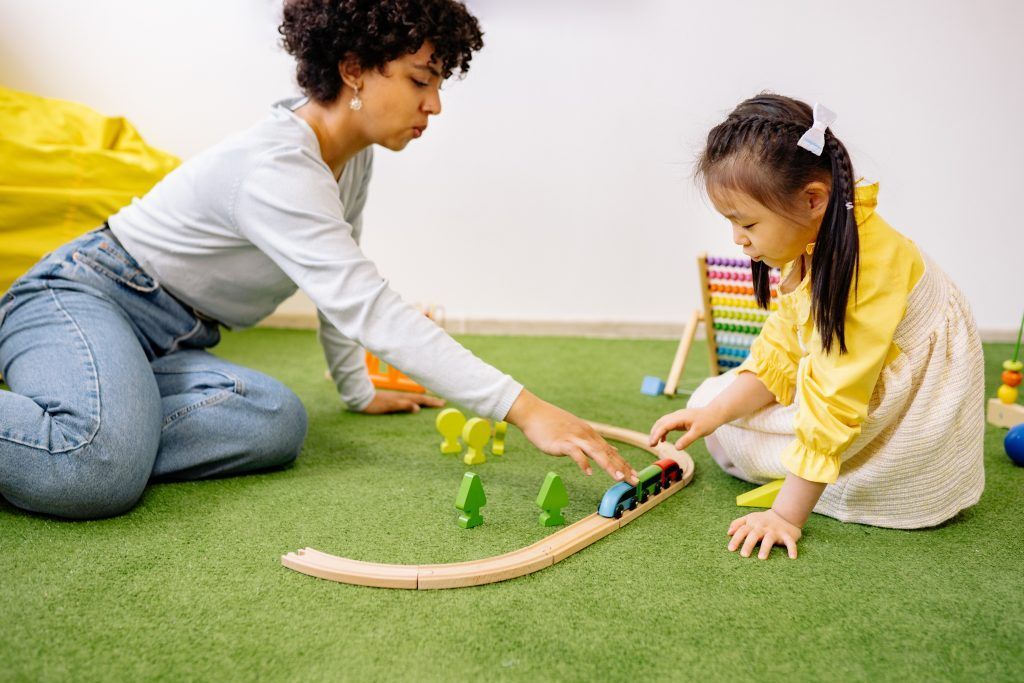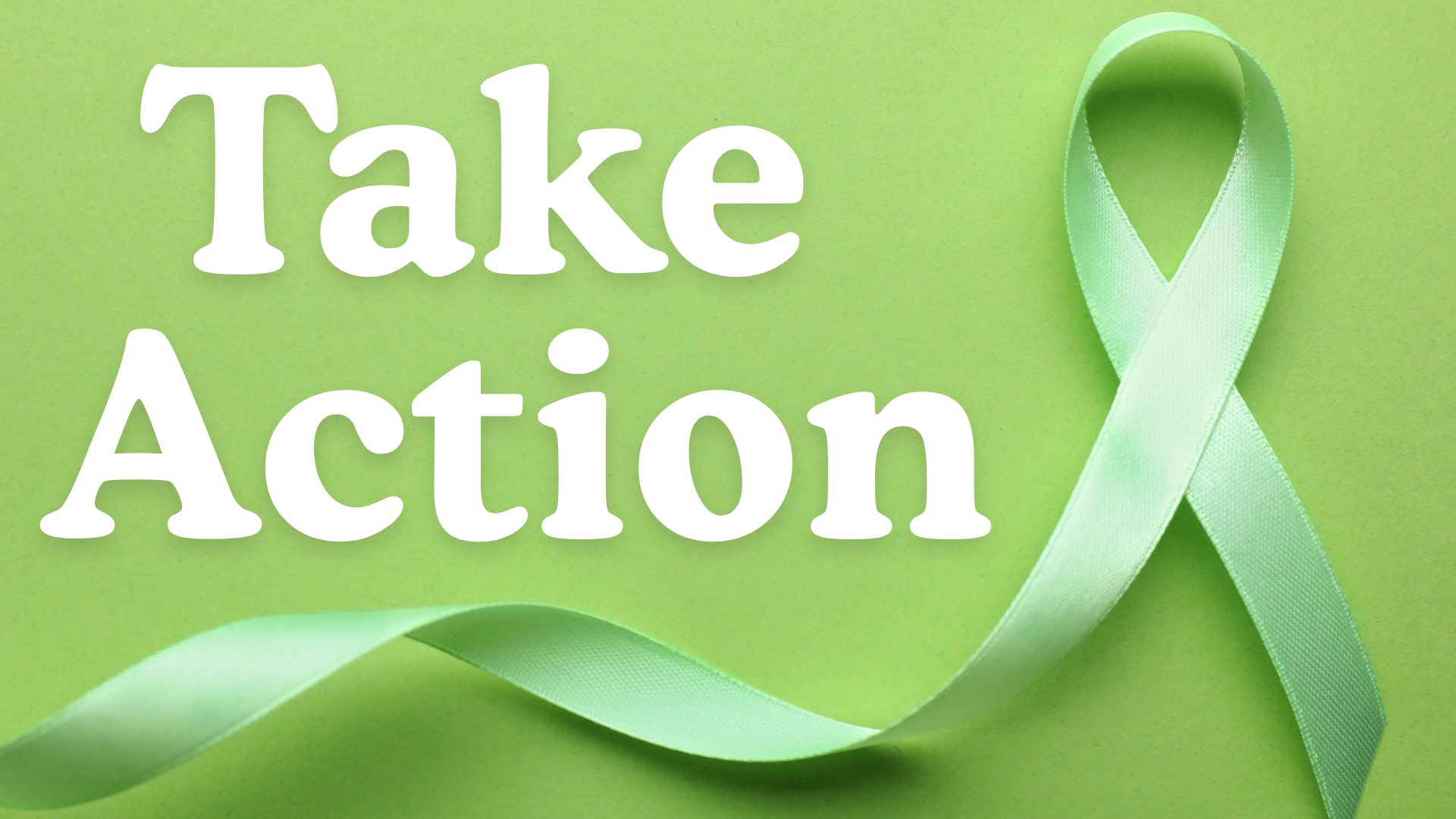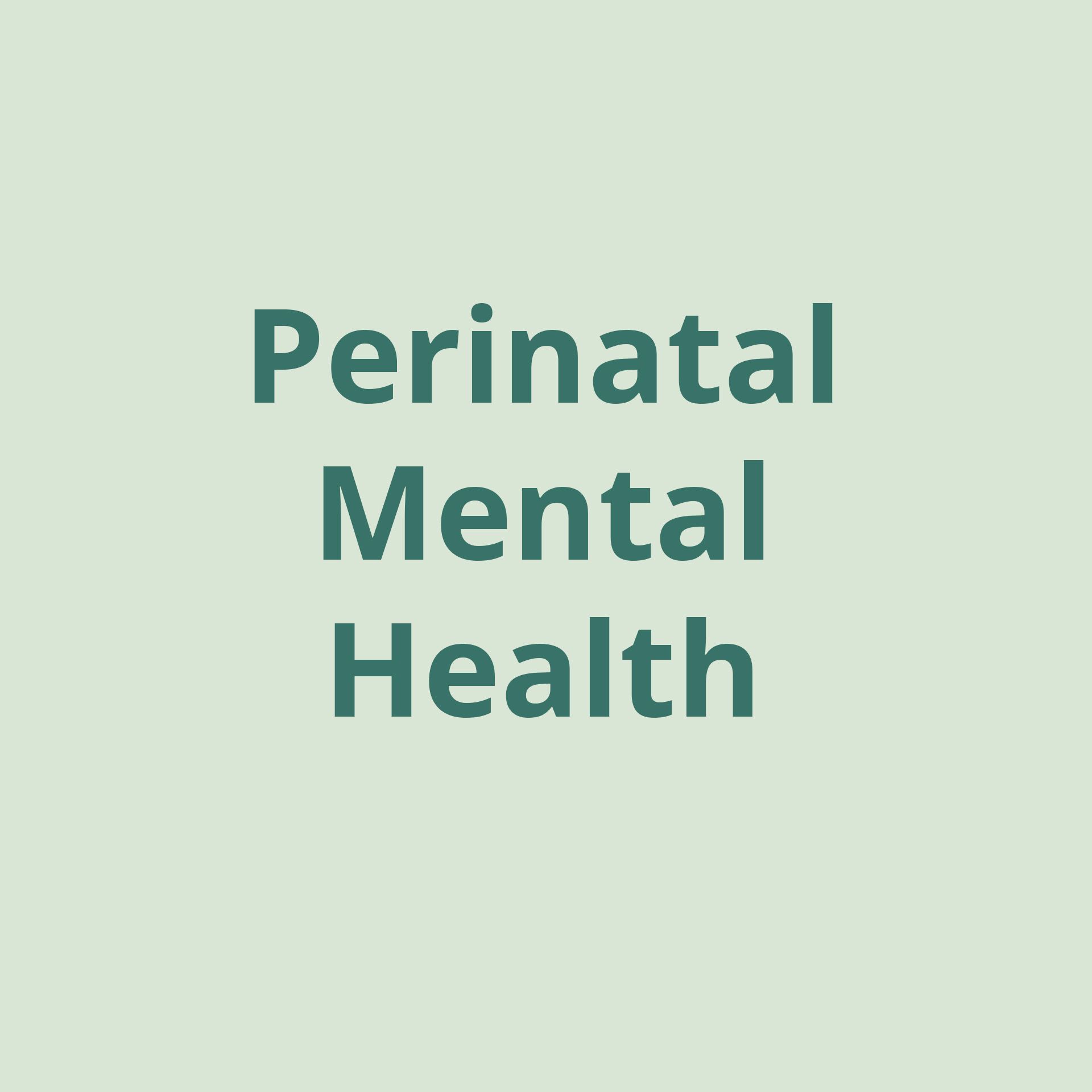Play Therapy: Leveraging the Power of Play to Cultivate Healing

By Thrive Wellness Reno Executive Director, Jill Packman, Ph.D., MFT
Because children have not fully developed their communication and cognitive skills, they have a harder time articulating their inner experiences. Simultaneously, adults often misinterpret what children are attempting to express.
Play therapy can bridge the communication gap between adults and children. As such, the intervention is most commonly used with children ages two to 12, but all ages, from infants to elderly adults, can benefit from play therapy.
THE POWER OF PLAY
Play, defined as any fun, enjoyable experience, is fundamental to learning, development, and overall happiness for all ages. Play encourages participation in pressure-free experiences for the sake of joy while allowing individuals to entirely embrace their personalities, brightening their outlook, and fostering personal growth.
Play theorists have described play as a way to:
- Connect with others
- Engage in self-expression and self-exploration
- Inspire goal-setting
- Improve self-confidence and self-efficacy
- Regulate emotions
- Relieve stress and boredom
- Stimulate creativity
- Practice and develop new skills and roles
Play is a child’s language and toys are often their words. For adults, play can offer relief from having to find the right words. When implemented in a therapeutic setting, play can help individuals resolve trauma, process thoughts and emotions, and discover and integrate effective coping strategies.
WHAT IS A PLAY THERAPIST AND WHAT IS PLAY THERAPY?
A play therapist is typically a mental, behavioral, or occupational health professional with specialized training in play therapy and/or one of various play therapy credentials . In play therapy, clinicians create a safe space that allows clients to play out their experiences and express themselves using a wide variety of toys.
Play therapy may benefit children struggling with:
- Abuse or neglect
- Anger and aggression
- Anxiety
- Attention-deficit/hyperactivity disorder (ADHD)
- Autism spectrum disorder (ASD)
- Depression
- Developmental delays
- Eating disorders
- Family issues, such as divorce, parental substance abuse, or death of a loved one
- Learning disabilities
- Medical issues
- Problematic behaviors in school or at home
- Trauma and post-traumatic stress disorder
- Troubles with toileting
Through the casual, open means of play, children can access and express their thoughts and emotions in their natural language of play. They may use play to communicate their experiences, cultivate solutions to problems, soothe any distress, and act out their fears or worries.
Play therapy may involve the use of:
- Arts and crafts: The process of creating can help individuals dive deep into their subconscious and symbolize their inner experience.
- Building blocks and construction toys: Toys for building can help improve motor skills and problem-solving abilities.
- Dolls, puppets, action figures, and stuffed animals: A play therapist may ask their client to act out a certain circumstance using the play objects, such as asking a child to act out a time they were frightened or a problem they had at home.
- Role-playing: Role-playing provides an opportunity to express difficult emotions and practice strategies for confronting challenges.
- Sand tray therapy: This technique invites clients to create a scene within a sand tray using colorful sand and miniature toys. Within their creation, they can learn more about their life and resolve problems.
- Storytelling: A play therapist may provide their client with a storytelling prompt, such as asking a child to tell them a “once upon a time story”
Using a child’s preferred style of communication, a play therapist understands and reflects a child’s behaviors and emotions during play to understand their struggles and facilitate their healing. While the benefits of play therapy depend on each client’s unique issues and goals, those attending play therapy may:
- Experience a meaningful connection with a safe adult
- Change the way they perceive their concerns
- Develop confidence in their own abilities
- Develop empathy and acceptance of others
- Establish lifelong strategies for effectiveness
- Discover, practice, and master healthy solutions to their problems
- Improve motor skills
- Enhance social skills
- Advance use of language and improve communications skills
- Learn to experience, express, and cope with emotions
- Take more responsibility for behaviors
Based on a person’s specific needs, play therapy may be used on its own or implemented alongside other treatment interventions such as talk therapy or medication management.
THE STRUCTURE OF PLAY THERAPY FOR CHILDREN
A play therapist will generally begin treatment by interviewing a child’s caregivers as well as observing the child at play to conduct an assessment of the child’s psychological well-being.
Therapists may take either a directive approach in which they have a specific goal in mind and structure the type of play accordingly. Alternatively, they may use a non-directive approach which allows the child to choose their preferred method of play while the therapist observes the child’s behavior.
With children older than two, sessions are generally held individually with just the therapist and the client. Play therapy may involve parents when the child is younger than two. In these sessions, clinicians may coach parents on ways to play with their children. Play therapy for families can also be beneficial as it can encourage better communication and collaboration between family members.
Sessions may last from 30 to 50 minutes and are typically held weekly. A resolution to the clients’ problems generally occurs after about twenty play therapy sessions, according to the Association for Play Therapy . However, depending on the severity of the problem, it may take clients fewer or more sessions to improve.
PLAY THERAPY FOR ADULTS
Teenagers and adults may also find it challenging to convey their thoughts and feelings to others. Play therapy can help them explore and express their authentic inner selves. The modality may be used to help those struggling with:
- Abuse
- Anger management struggles
- Chronic illness
- Dementia
- Intellectual disabilities
- Substance abuse
- Trauma and post-traumatic stress disorder
- Unresolved adverse childhood experiences
As with children, play therapy can help adults express otherwise overwhelming emotions, gain a deeper understanding of how their challenges are affecting their well-being, and develop strategies for dealing with their concerns more effectively.
PLAY THERAPY AT THRIVE WELLNESS
At Thrive Wellness, we embrace the power of play for its ability to bring about expression, inspiration, healing, and joy. Open to children, adults, and families, our play therapy program includes trained play therapists as well as playrooms with an array of play materials for a breadth of exploration possibilities. Based on your needs, our team of collaboratives can integrate the modality into your overall treatment plan or implement it as a stand-alone intervention. If you think that you, your child, or your family may benefit from play therapy, reach out .
About the Author
Thrive Wellness Reno Executive Director, Jill Packman, Ph.D., MFT
Before relocating to Reno, Nevada, Dr. Jill Packman earned a bachelor’s degree at Tulane University, a master’s degree in education in counseling at the University of Central Oklahoma, and a Ph.D. in counseling at the University of North Texas, specializing in counselor education and supervision, play therapy, and family therapy.
Upon arrival in “The Biggest Little City” in 2002, Dr. Packman joined the counseling department at the University of Nevada, Reno (UNR), where she served as coordinator of school counseling, marriage and family therapy, and the overall counseling program. Inspired by the desire to identify and close gaps in communication and care, she transferred to UNR’s school of medicine, where she directed interprofessional education. During her time at UNR, she also taught physician assistant students about behavioral medicine.
Dr. Packman has a passion for supporting underserved and marginalized populations and enjoys working with children, adolescents, adults, and families using a holistic and integrated care approach. As the executive director of Thrive Wellness Reno, she intends to further pursue these passions alongside a multidisciplinary team of clinicians and colleagues who are wholeheartedly committed to serving the Northern Nevada community.
Dr. Packman grew up in Texas and now resides in Minden, Nevada, where she, her husband, and son enjoy skiing, rock climbing, hiking, electric biking, and spending time at Lake Tahoe. Her son is a nationally ranked rock climber who, alongside his father, also develops recreational rock climbing areas for others to enjoy.
The post Play Therapy: Leveraging the Power of Play to Cultivate Healing first appeared on Thrive Wellness.








